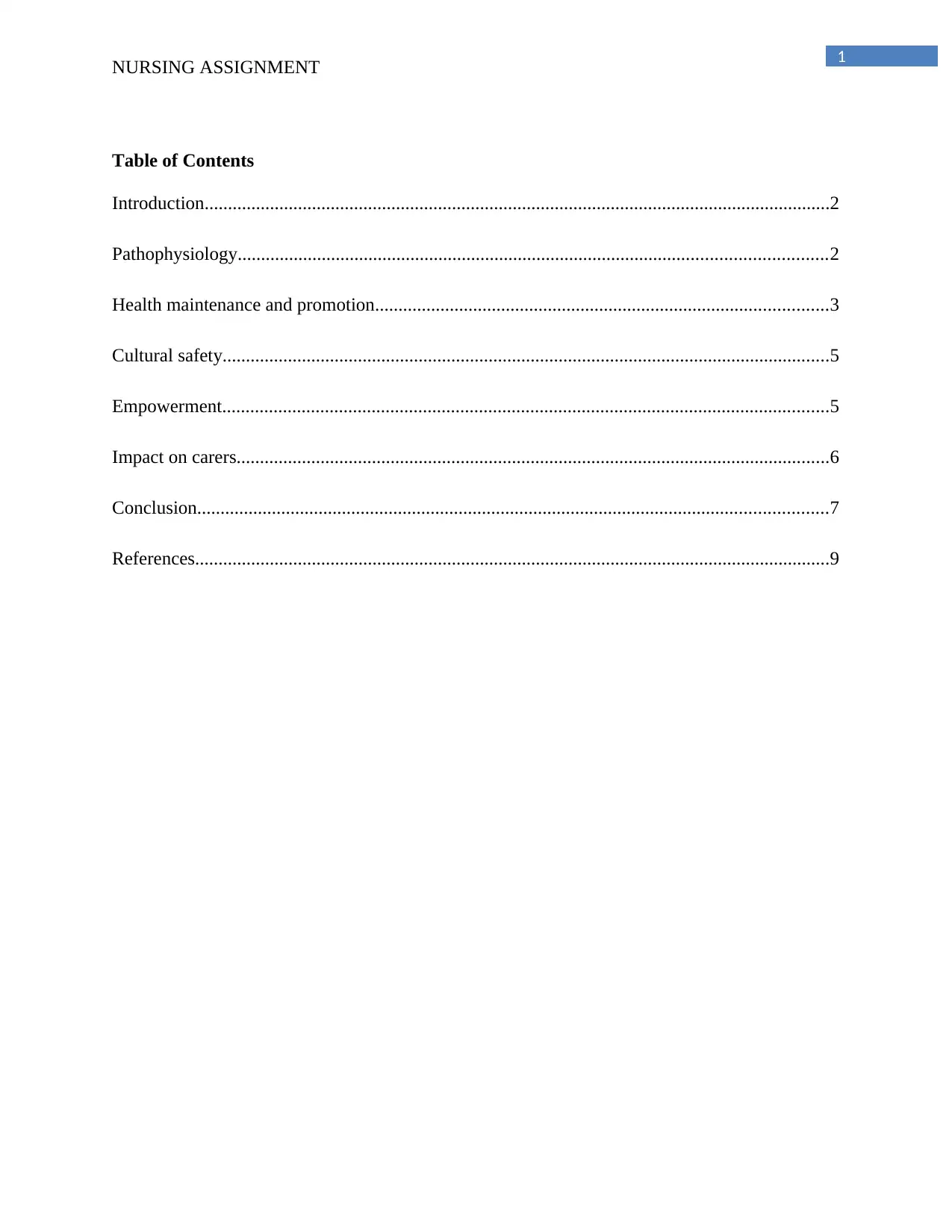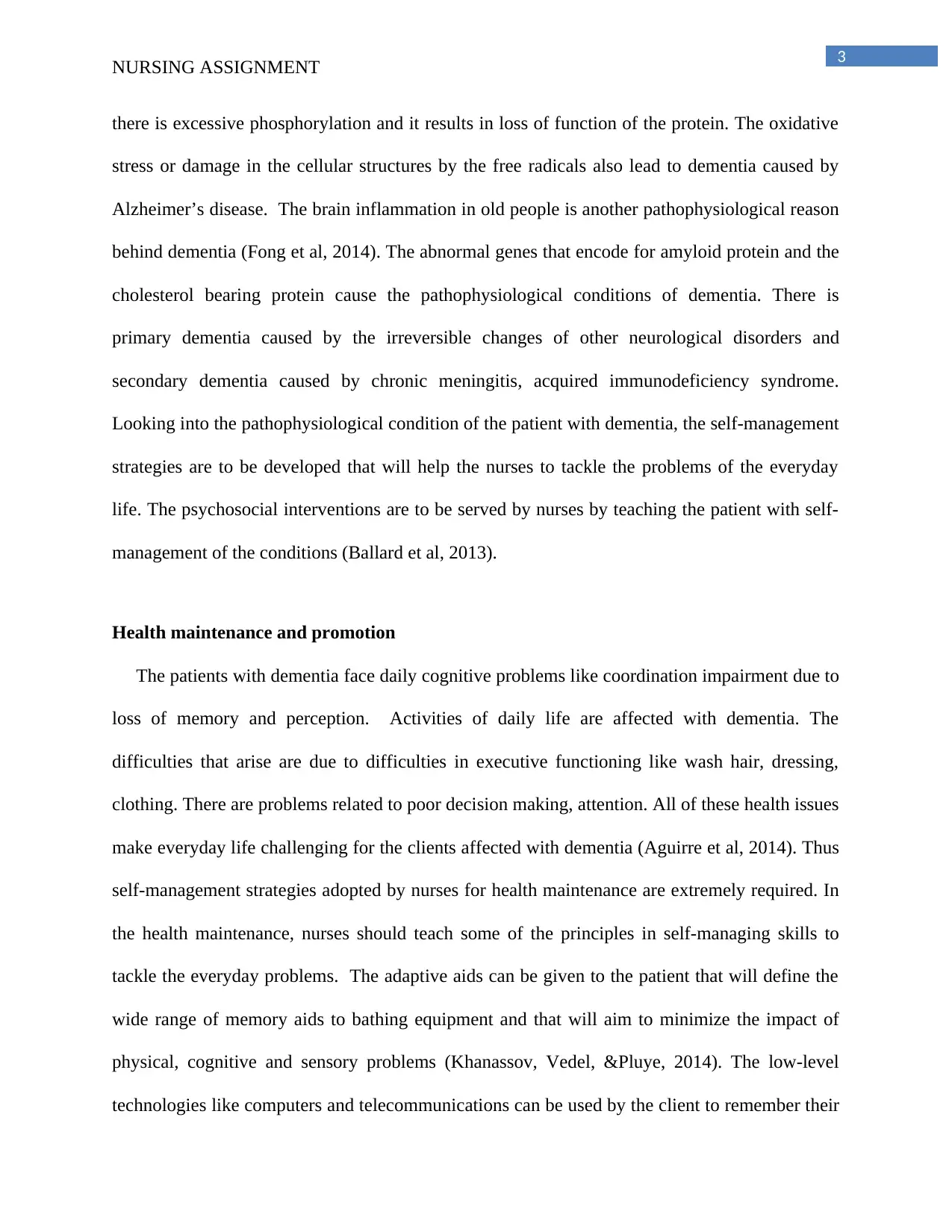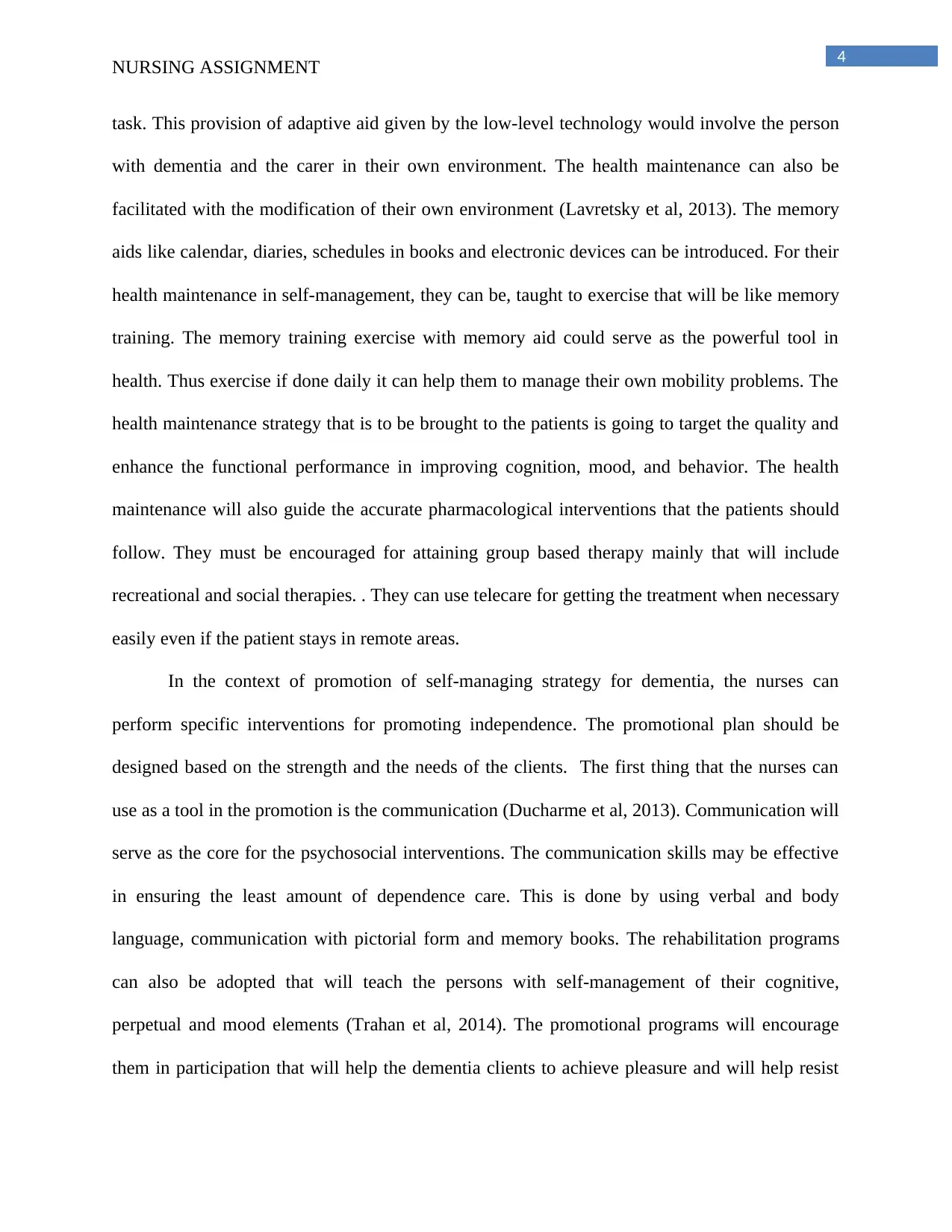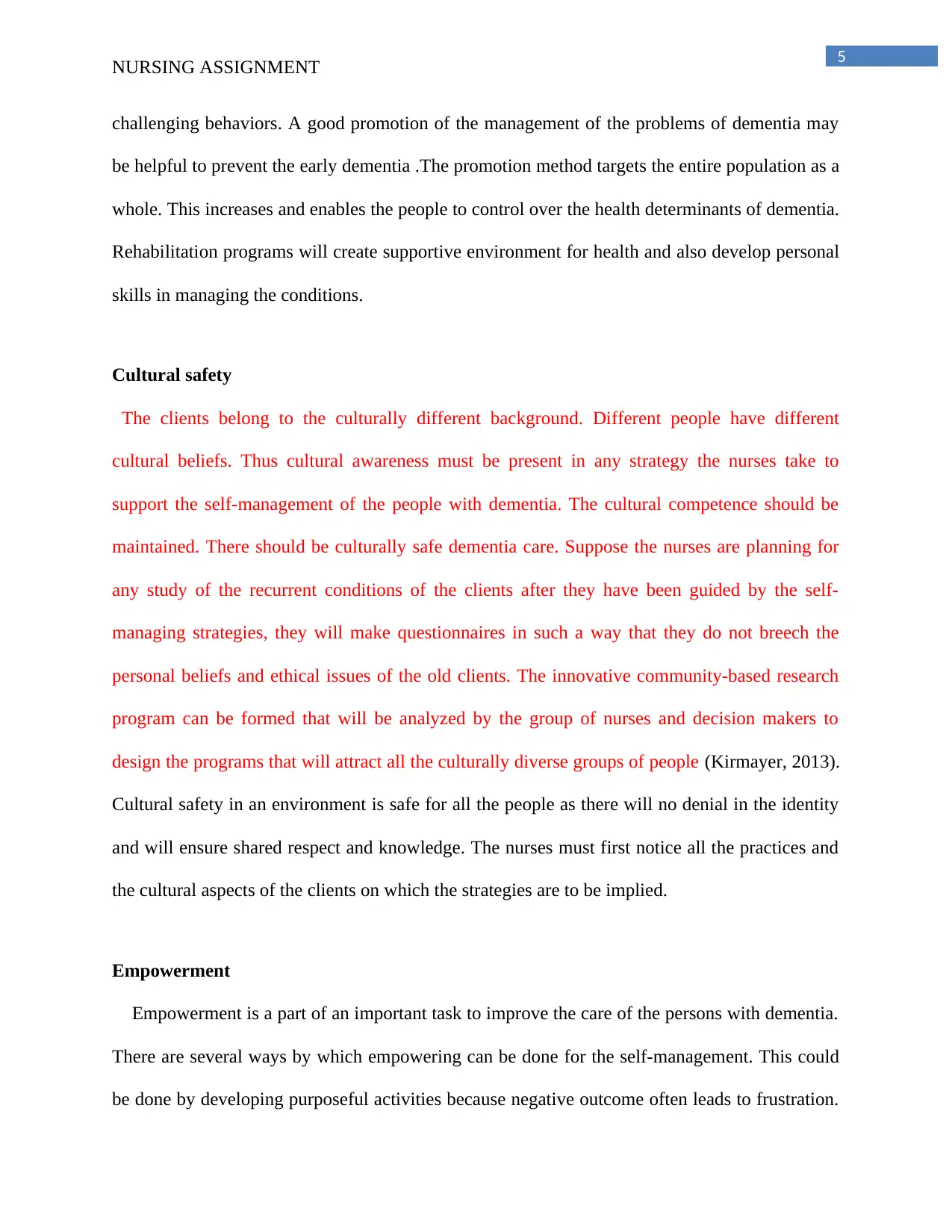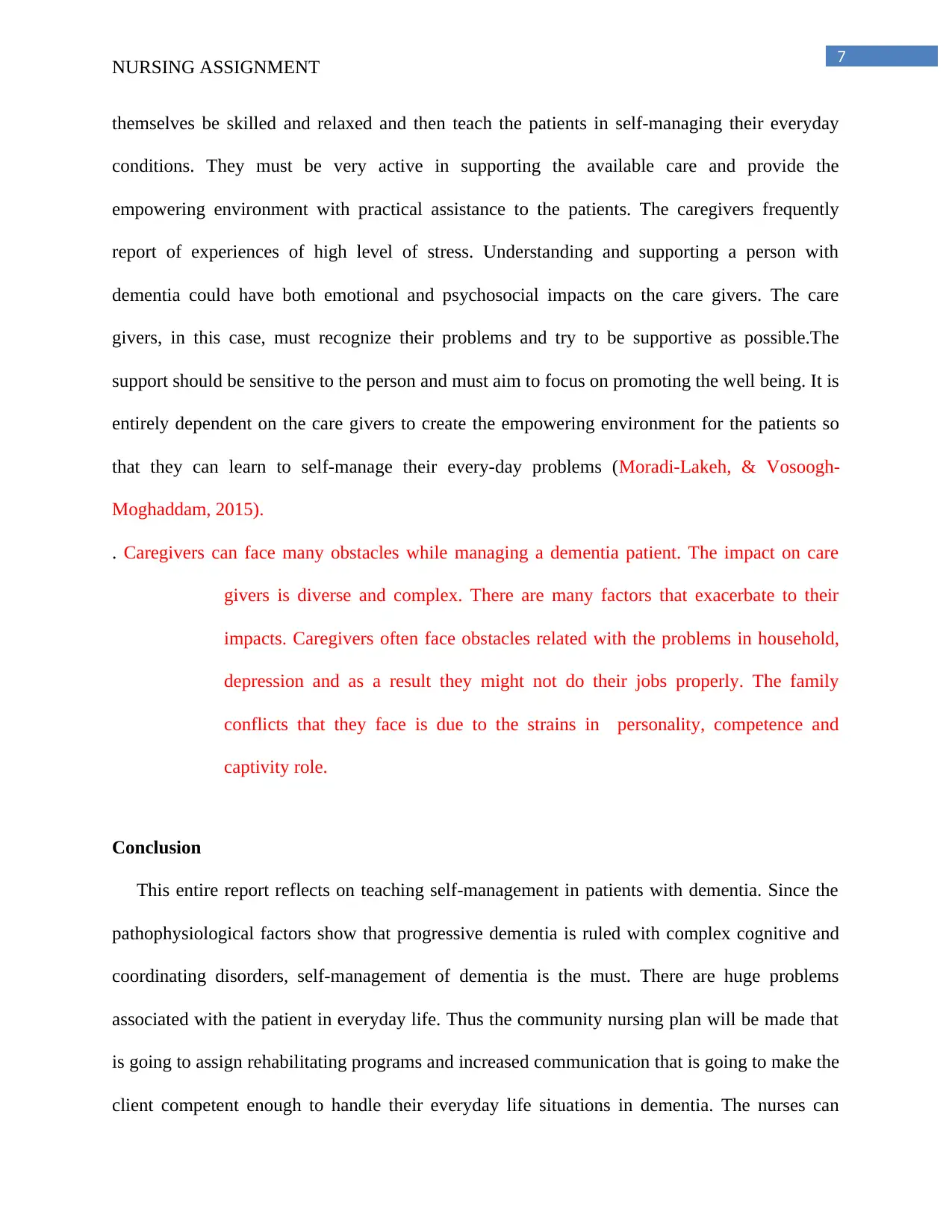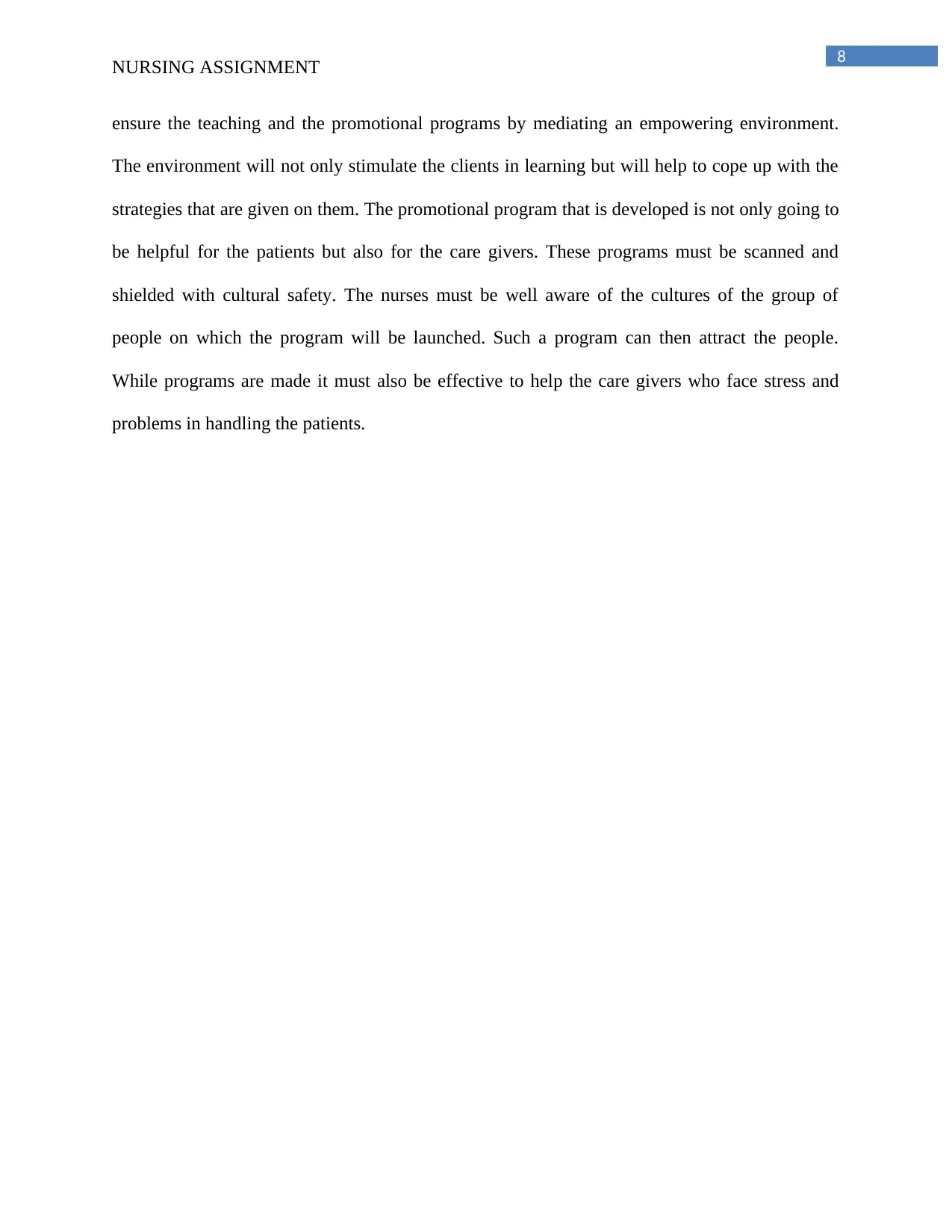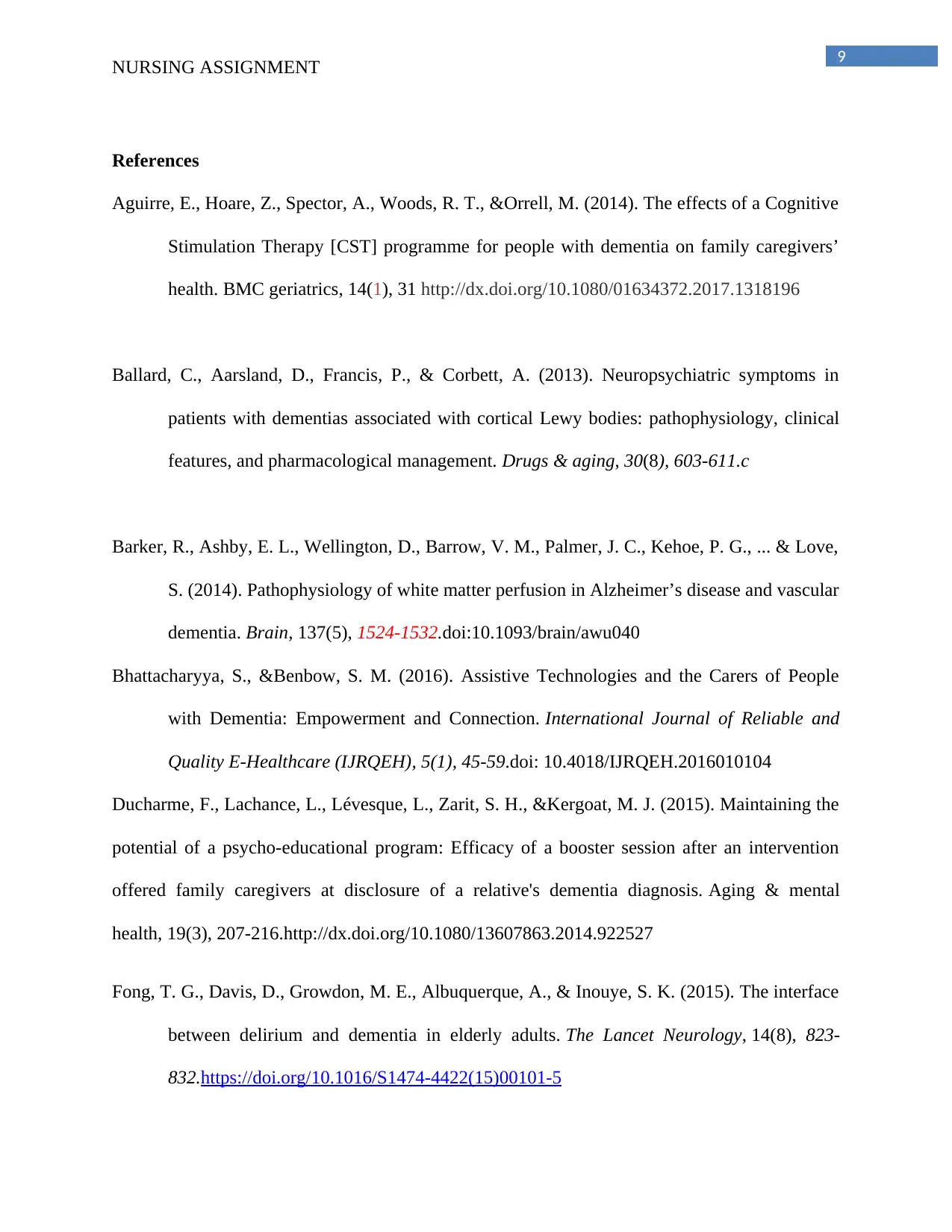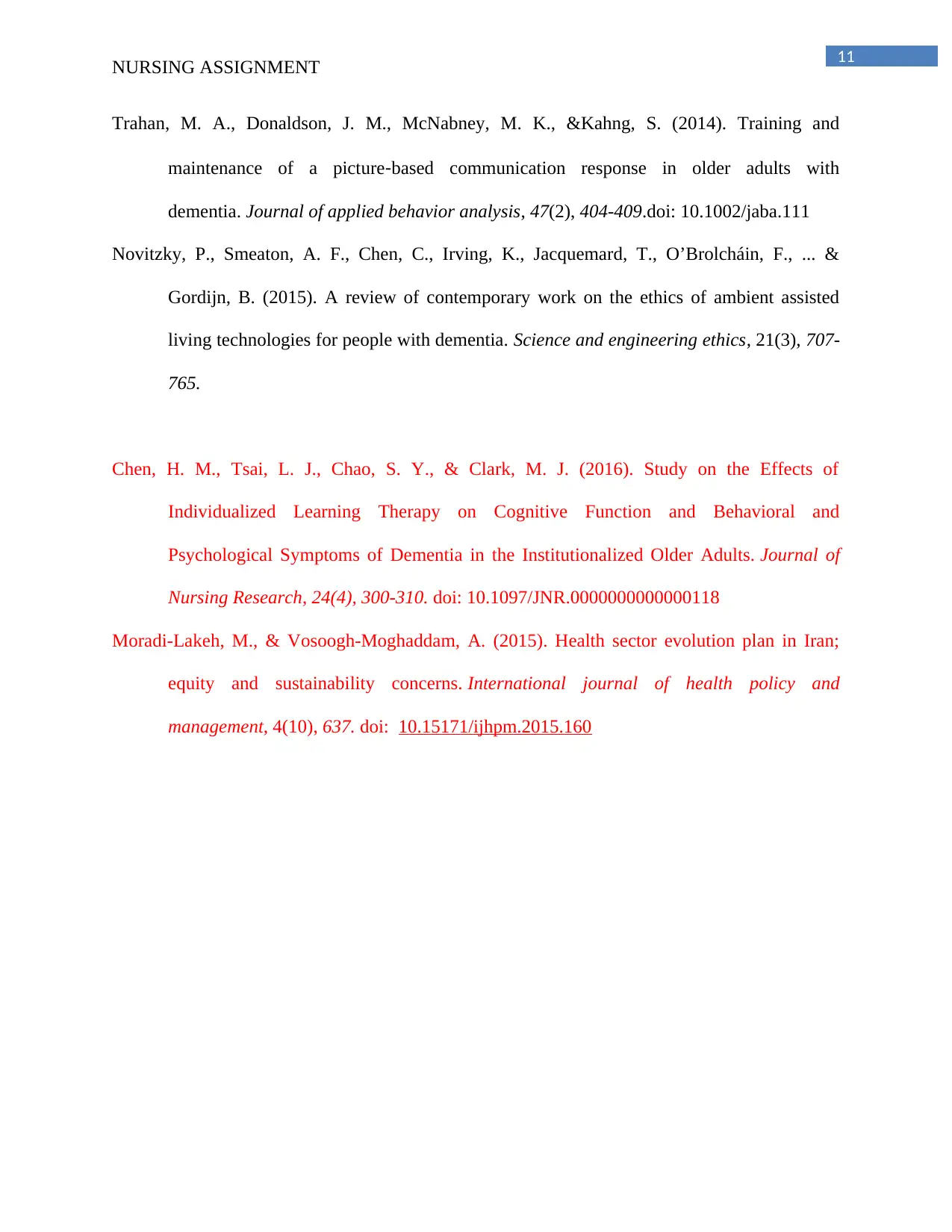This assignment delves into the multifaceted landscape of dementia care. It examines strategies for empowering young individuals with a parent living with dementia, highlighting a social model perspective. The review encompasses case management models in primary healthcare, emphasizing the diffusion of innovation. Furthermore, it explores the significance of cultural safety and empathy in clinical training for dementia caregivers. The assignment also investigates interventions like yogic meditation for caregiver well-being and picture-based communication techniques for individuals with dementia. Lastly, it touches upon ethical considerations surrounding ambient assisted living technologies and individualized learning therapies for older adults with dementia.
![[object Object]](/_next/static/media/star-bottom.7253800d.svg)
![[object Object]](/_next/static/media/star-bottom.7253800d.svg)

